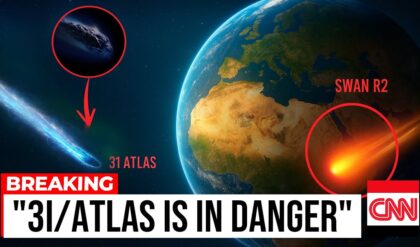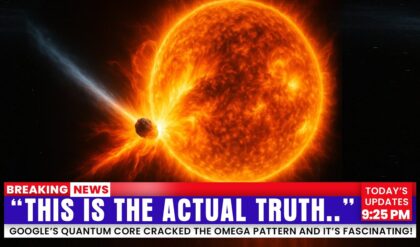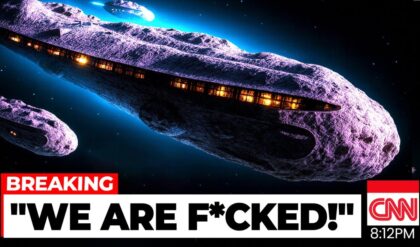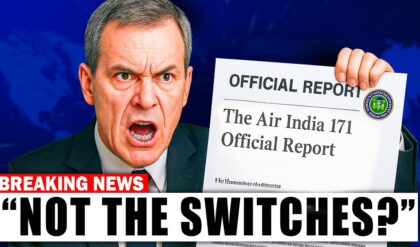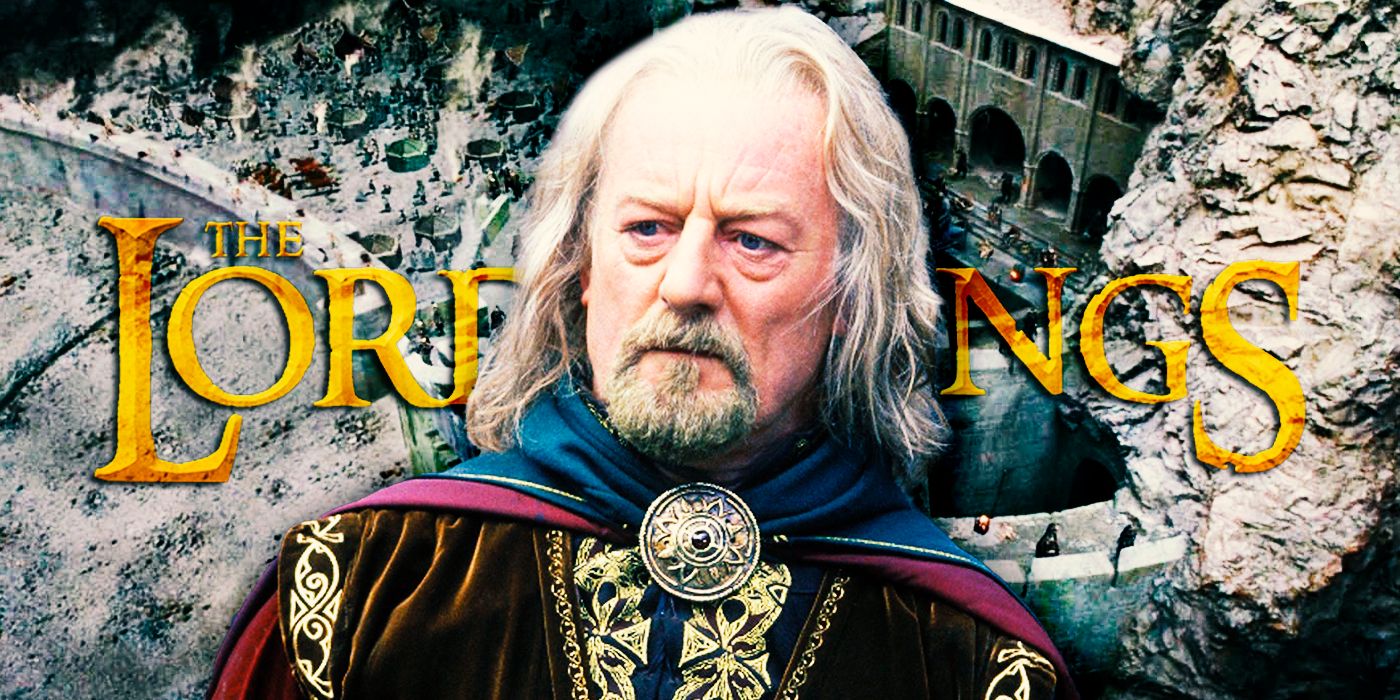
One of the greatest successes of the franchise was bringing the epic battles to life. When tackling something like The Lord of the Rings, it’s hard not to be daunted by the sheer scale of the universe that has to be translated into a visual language. Tolkien’s original writing is so evocative, but it’s hard to fathom just how to bring his vision to life until it’s done. One sequence stands leagues above the rest: the Battle of Helm’s Deep, which occurred after The Two Towers and is, to this day, the largest battle ever put to the screen.
The Battle of Helm’s Deep, Explained
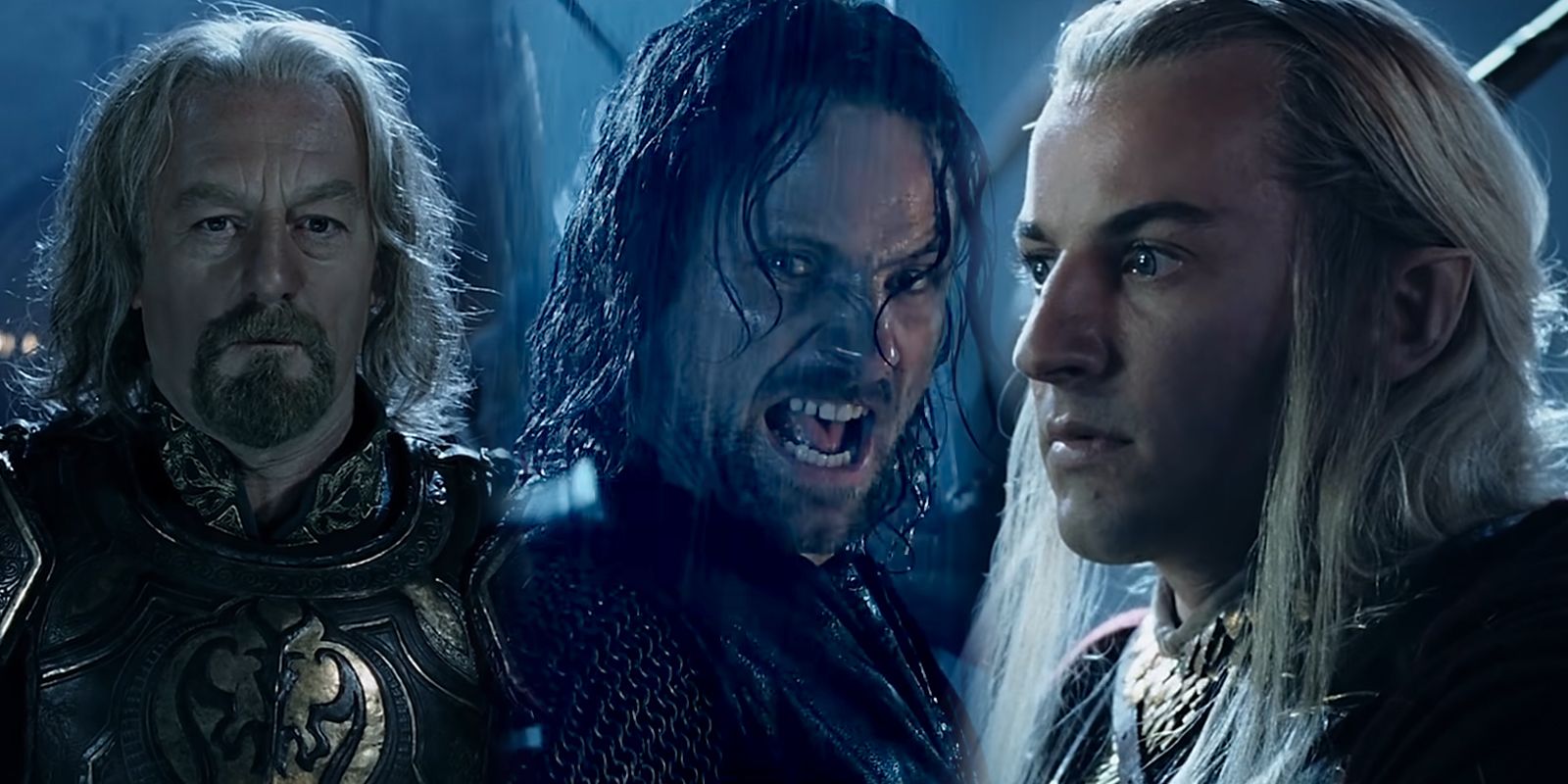
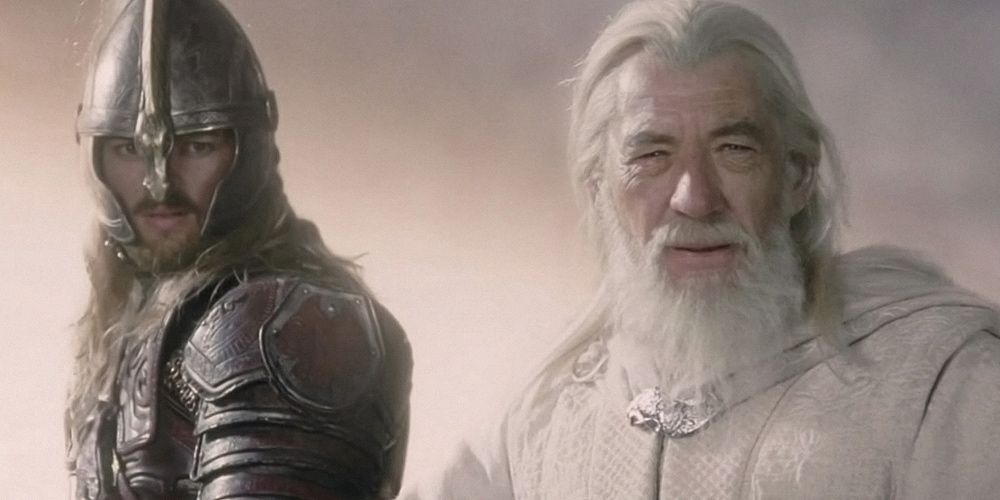
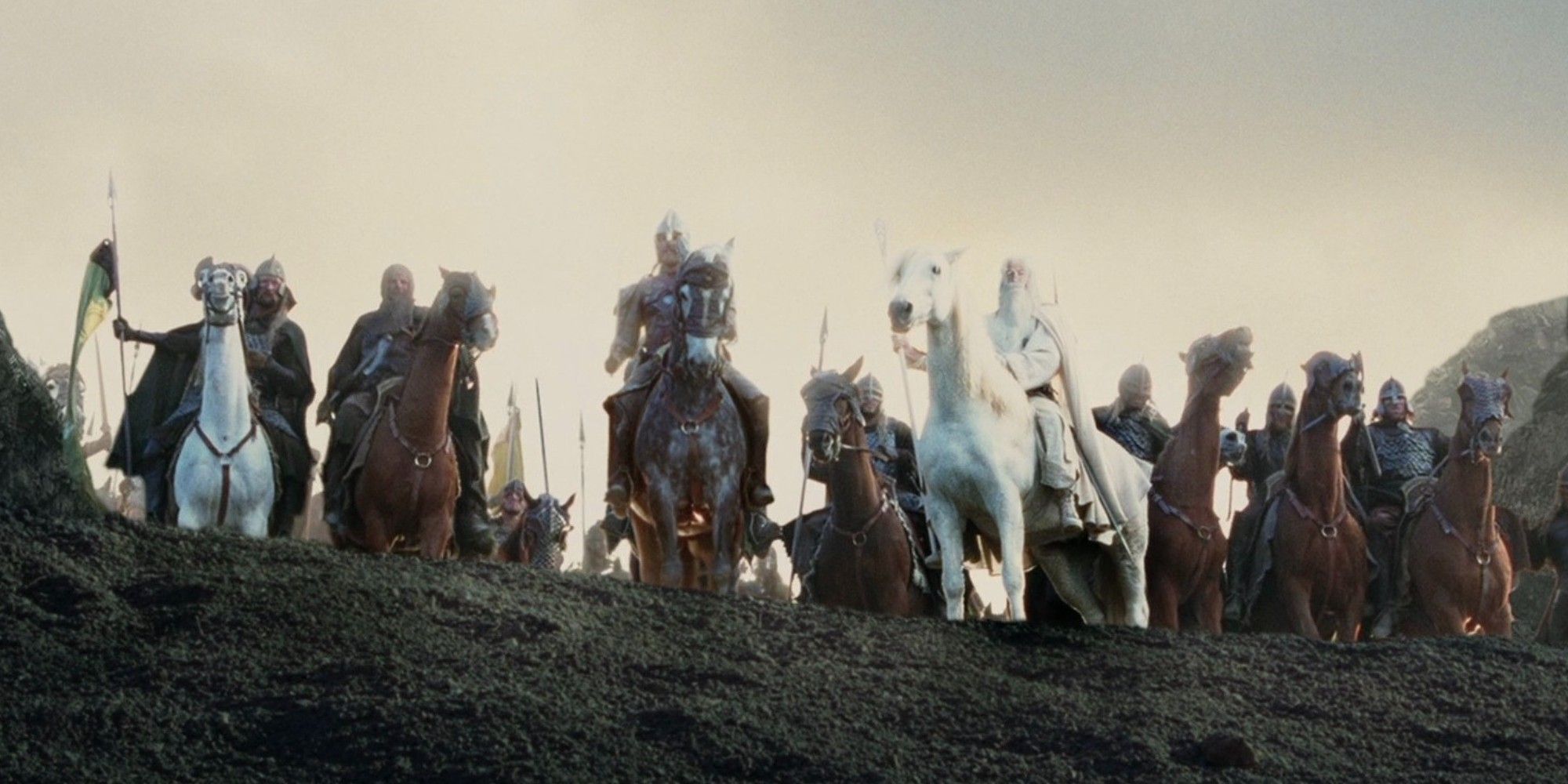
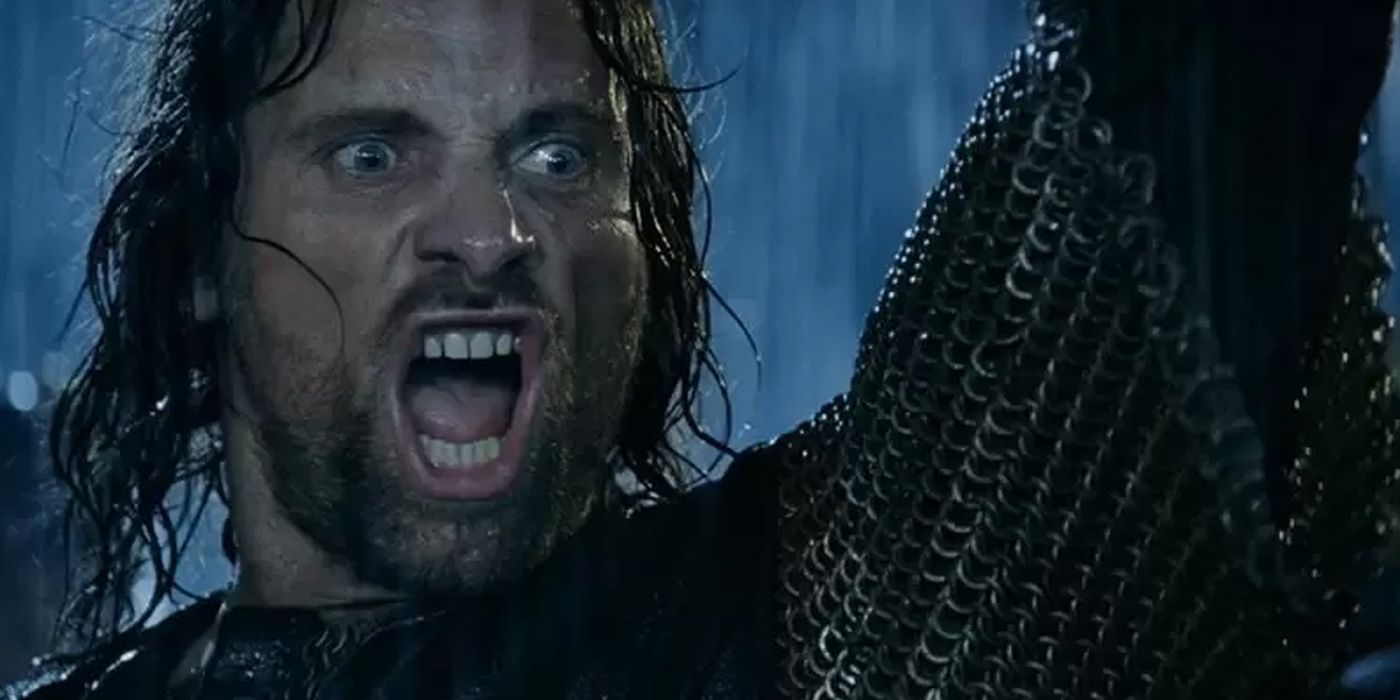




The Battle of Helm’s Deep is one of the most iconic moments in the Lord of the Rings trilogy. It brings The Two Towers to a close in perhaps the most satisfying way possible. Up to that point, the movie has been an analysis of how powerful Sauron’s forces truly are in Middle-earth. Frodo and Sam are getting waylaid in pretty much every conceivable way. They’re spending more time in Osgiliath than they should, and they can’t tell if their newfound ally Gollum is a friend, or if he’s going to be preying on their downfall as soon as they dare to turn their backs. The Ents, who were already few to begin with, dwindle even further as Saruman destroys their kinsmen and those they were sworn to protect with equal aggression. They go into their siege on Saruman’s fortress at Isengard knowing that their odds of survival are beyond slim. Hope feels like little more than a faraway dream for most of Middle-earth.
Meanwhile, evil forces creep closer and closer to Rohan. Though King Theoden’s been reclaimed from the jaws of Saruman, his absence left Rohan without a competent leader in its greatest time of need. The Riders of Rohan believe that they’re not wanted in the kingdom anymore, since Saruman spoke through the king and sent them away. The loss of Theodred colored Theoden’s judgment even after he returned to himself, and even he began to believe that there’s no chance for hope to prevail in Middle-earth. Edoras is on the verge of crumbling by the time the people decide to migrate to Helm’s Deep. It’s the pilgrimage of a defeated people. Their mindset only worsens when an army of Uruk-hai begins to attack what they believe to be their final stronghold of hope.
The Battle of Helm’s Deep gets off to an almost disastrous start. By the time the people of Rohan are ready to begin bolstering themselves against the Uruk-hai siege, they’re already in danger of falling. Though the forces of good have the aid of a host of Elves from Lorien, the battle rapidly turns in the Uruks’ favor. They breach the Deeping Wall, which the people of Rohan previously believed to be entirely impossible. They’re overrunning the only stronghold that the good people of Middle-earth have left in this region. Haldir falls. However, the tide turns yet again when the sun begins to rise over Helm’s Deep and they remember perhaps the most promising sign that things are going to eventually go their way: Gandalf will return at first light, and hopefully, he’ll have reinforcements. He gallops onto the scene followed closely by Eomer and the rest of the Riders of Rohan. From there, Helm’s Deep becomes a victory for the people of Rohan. It’s not as triumphant as they hoped. They’re staving off the inevitable rather than truly landing a decisive blow on their enemies. Still, it’s enough to allow them to live to fight another day. That’s all they can ask for.
Why Is It the Largest Battle in Cinematic History?
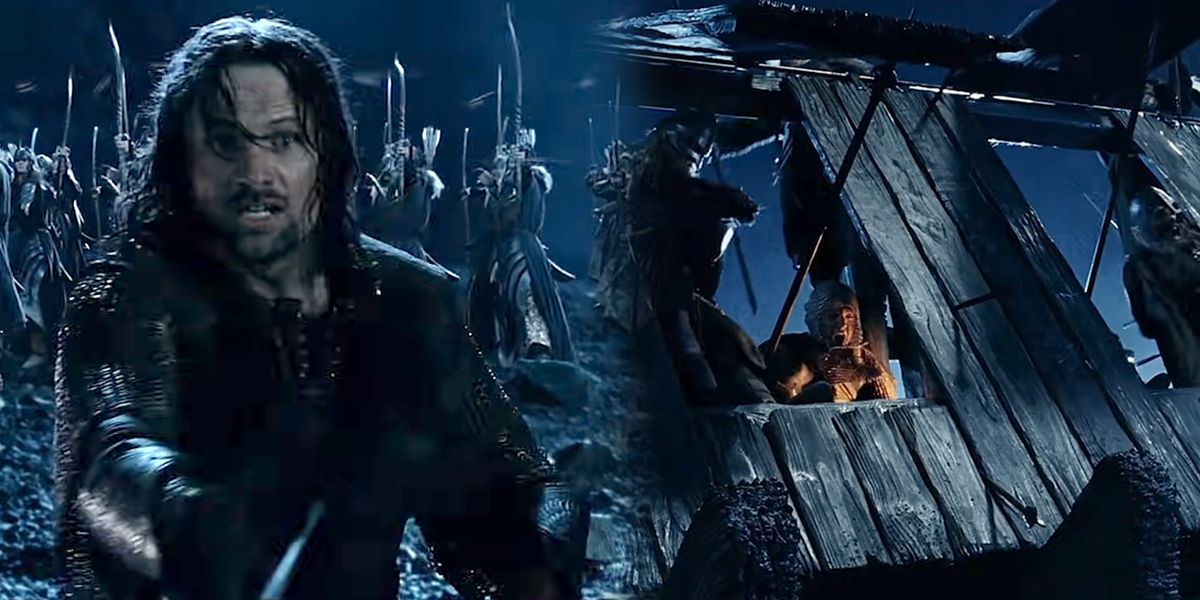
Helm’s Deep is not only a feat of storytelling; it’s a feat of filmmaking. It’s the largest battle ever put on the screen. Helm’s Deep was an event of massive scale in the novels – however, with the restructuring of the movies to relocate some of the events of The Two Towers into the opening of The Return of the King, it became the climactic moment of the second film in the trilogy. Therefore, it had to carry both emotional weight and be perhaps the peak of technical spectacle across all three movies. It’s one of the longest battles by runtime in cinematic history. The shoot took four months, three of which were done at night. Rain machines battered the actors to create the sound and visual landscape that makes the battle feel more hopeless than it would if it occurred in broad, perfect daylight. Additionally, most of what Weta Workshop did for the Lord of the Rings trilogy was practical – meaning that most of the sets were made with miniatures rather than added later with computer effects. The miniature they made of Helm’s Deep was the largest used for the production. The one used in close-up shots was 1/4 the size that the actual structure would have been (though the one used when the area was seen from far away was only 1/85 scale).
The numbers stand far above those in other battle scenes as well. There were over 200,000 fighting characters involved when taking both the forces of good and evil into consideration. Many of these were present in person – to the point that extras were given T-shirts at the end of filming that designated what side of the war they were on, and people were able to identify each other in the street and know that they were at the same place at the same time long ago. Interestingly, it was also one of the first battles of this scope to incorporate computer-generated imagery. Weta had just pioneered a system called “Massive” that could simulate crowds, and they used it in addition to their “Grunt” rendering software that worked using Uruk-hai modeled in another software called “Maya.”
What Kind of Movie Could Break This Record?
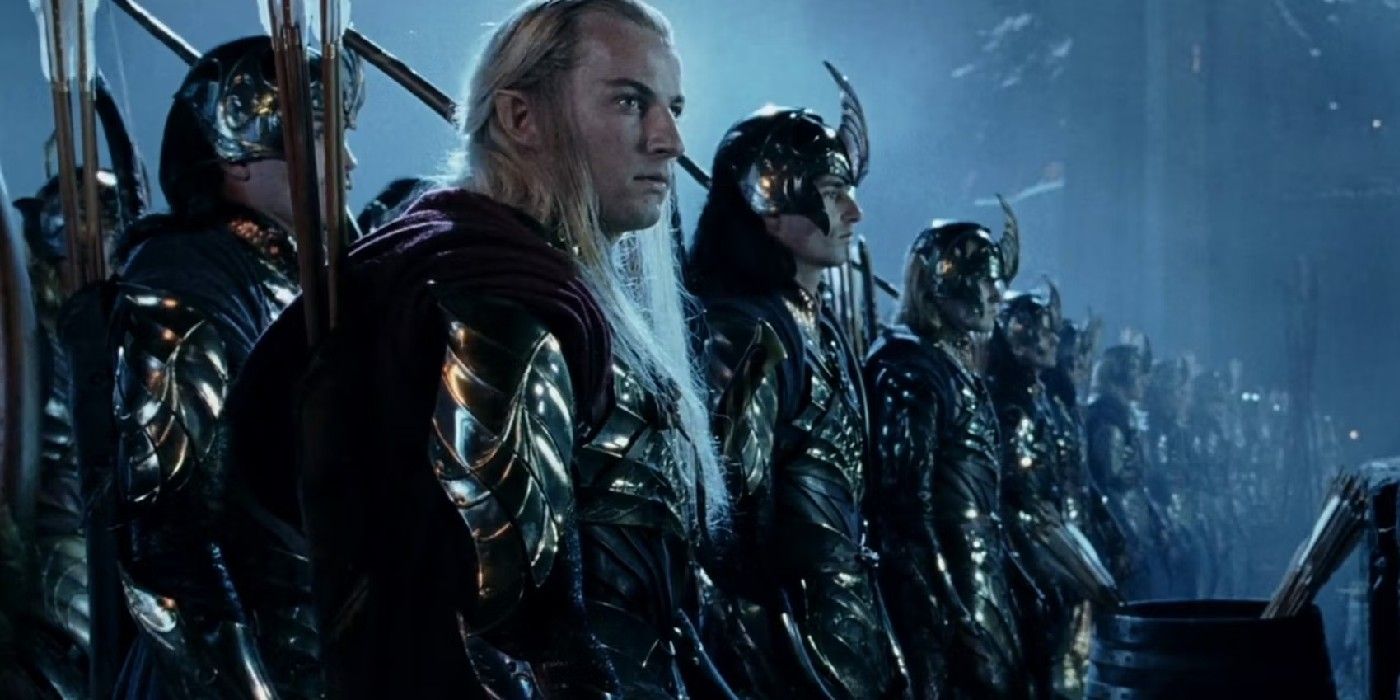
Five Greatest Battles in the Lord of the Rings Trilogy
via CBR.
#5
Battle of Isengard
#4
Amon Hen
#3
The Battle of the Black Gate
#2
The Battle of the Pelennor Fields
#1
The Battle of Helm’s Deep
It would likely have to be another fantasy movie that would create a battle larger than Helm’s Deep. There’s something about conflicts set in another universe that truly lends itself to something of epic scale. Many of the largest on-screen battles of all time take place in fantasy series such as Lord of the Rings or Game of Thrones. The challenges facing those worlds typically tend to be more epic than those in our own, as conflicts are typically more black and white. It’s so easy to know who’s right and who’s wrong in a situation like the one facing Middle-earth during the War of the Ring. Sauron embodied evil. Therefore, it made sense for all the forces of good to team up to fight him. Fantasy series often have a singular villainous entity in this fashion, which paves the way for all-encompassing battles like Helm’s Deep.
Additionally, a battle of this scale may be more doable in animation than it is in live-action now. Animation is slowly but surely making its way into major franchises such as The Lord of the Rings. Though The War of the Rohirrim may not have been as much of a smash hit as its predecessors, there’s one thing that critics and fans alike agree on: the spectacle of the battle sequences. It’s perhaps the closest Middle-earth has come to replicating the scope and beauty of Helm’s Deep (especially after the combat in The Hobbit fell slightly short of where fans hoped it would be). There could be more animated adventures for the Lord of the Rings trilogy on the horizon, especially when considering the success that other franchises such as Star Wars have had with their animated offerings. This could lead to something roughly with the same size and intensity as Helm’s Deep occurring in the future – and it’ll be interesting to see how it unfolds.
